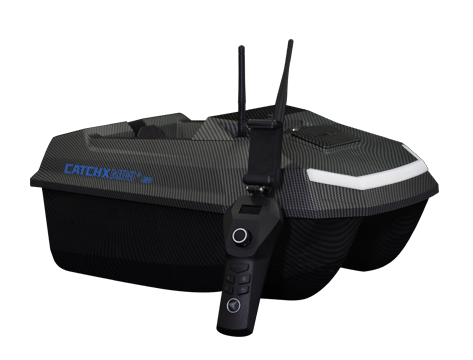Do Carp Alarms Work? Unveiling the Secrets of Fishing Efficiency
In the realm of angling, every angler's nightmare is missing out on the catch of a lifetime due to a momentary lapse in attention. Your fishing rod is your conduit to the aquatic world, and a bite alarm, far from being a mere electronic accessory, emerges as your vigilant partner on the water's edge. This article delves into the intriguing world of carp alarms, exploring their efficacy and the crucial role they play in transforming your fishing experience.

The Essence of Carp Alarms
At the heart of effective carp angling lies the indispensable tool known as the carp alarm. As the name implies, the primary function of carp alarm is to indicate bites, serving as a crucial aid to anglers in various weather and fishing conditions. Properly configured indicators elevate the sensitivity of your bite alarms, reducing the chances of false signals and ensuring that each alarm is a potential sign of genuine fish activity.
How Carp Alarms Work
For carp anglers unacquainted with this ingenious piece of technology, a carp alarm is a device affixed to a rod holder, cradling your rod in anticipation. The device operates by detecting the subtle movements and vibrations of your fishing line, employing different mechanisms depending on the model.
Magnetic Roller Wheel
Some bite alarms employ a magnetic roller wheel that activates when your fishing line sets it in motion. The line's movement causes the wheel to turn, triggering the attached sensor. This mechanism provides a tactile response to line activity.
Piezo Vibration Sensor
Alternatively, a piezo vibration sensor is utilized by certain models. This sensor, shaped like a small Y, supports your fishing line. When the line moves, it tilts the Y-shaped sensor, prompting the alarm to activate. The notification can be visual, through LED lights, or audible, emanating from a built-in speaker.
Understanding the Language of Carp Alarms
All modern bite alarms share a fundamental principle—they incorporate a sensor between the ears of the alarm through which your fishing line passes. Disturbance to the line, whether a subtle nudge or an aggressive take, triggers the alarm. The duration and pattern of the beep convey critical information about the movement intensity.
The beep's length corresponds to the degree of line disturbance, helping you distinguish between routine fish activity and a potential take. Different models employ varying techniques, such as vibration sensors or roller wheels, to identify runs. However, the fundamental principle remains consistent—longer beeps indicate heightened line movement, suggesting a more substantial interaction.
In conclusion, the question of whether carp alarms work is unequivocally answered by their pivotal role in modern angling. These devices, with their sophisticated mechanisms and alert systems, serve as the guardian angels of your fishing escapades. As you embrace the efficiency and precision offered by carp alarms, you unlock the potential for more rewarding and successful fishing experiences, where every beep holds the promise of an exciting catch.























